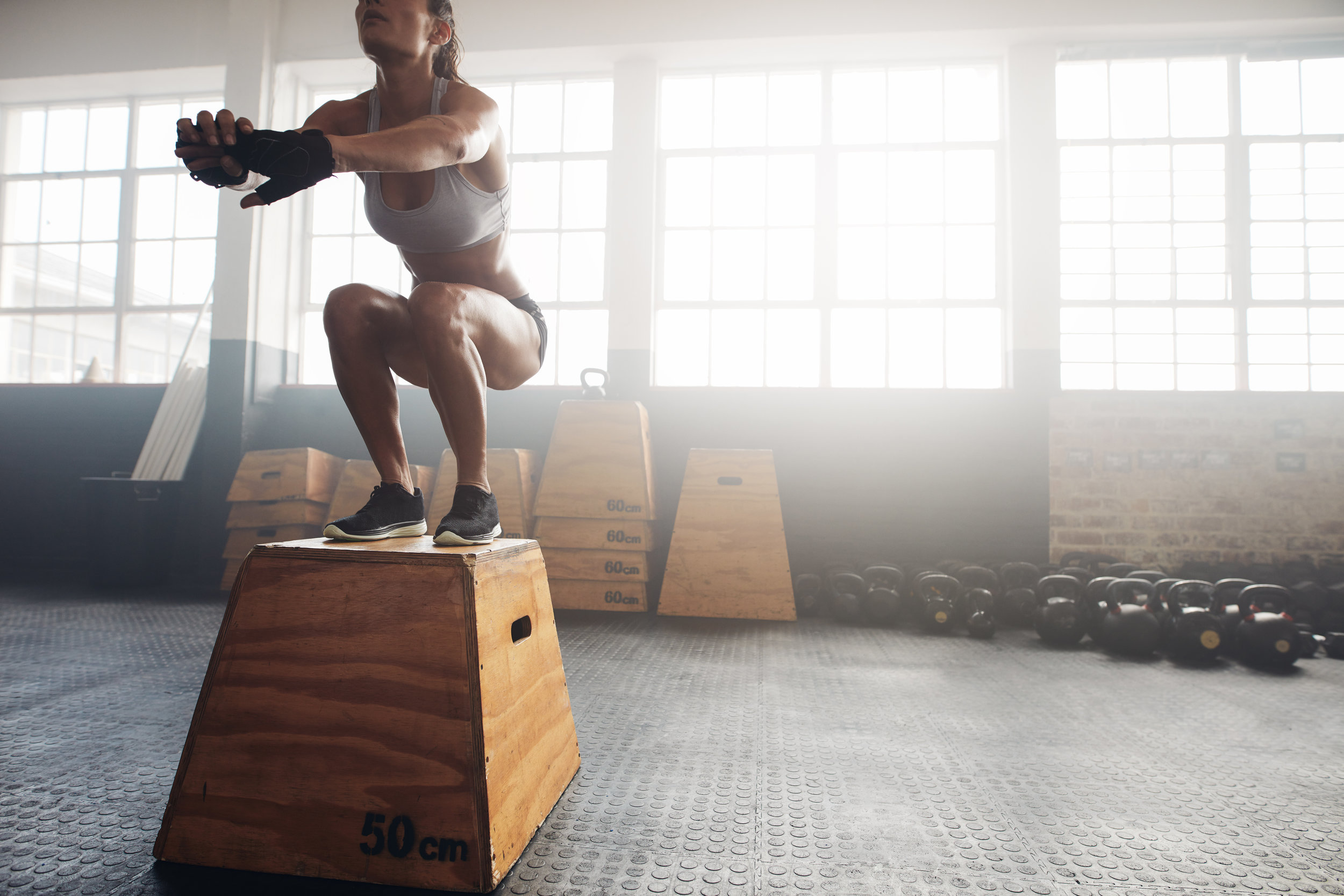All About The ACL Injury: ACL Questions and Answers from a Vail Orthopedic Surgeon
What is the ACL? #whatsitheacl?
Let's talk about the famous (or for those who've injured it, infamous) ACL. ACL is an acronym for Anterior Cruciate ligament, which you probably know is part of the knee. You may not know that the knee is the largest and most complex joint in the human body. Because of this, it relies on a multitude of biological components to keep it functioning properly and optimally.
Of course, the definition of functioning at the highest level depends on the person who is using the knee, and we certainly can put a heck of a lot of strain on it if we participate in high-level athletics. With all of those tendons, secondary ligaments, muscles and the four primary ligaments working in tandem, there's sure to be a point there that takes the brunt of the force placed upon the knee. Often that's the ACL.
Ligaments and The Knee #aCL
Let’s dig into a bit of physiology. Previously, I mentioned the four primary ligaments. First is the side of your knee, which consists of two ligaments. These ligaments are the MCL (medical collateral ligament) and the LCL (lateral collateral ligament). The other two ligaments that support the knee are the aforementioned ACL, and the PCL (posterior cruciate ligament).
What Does the ACL Do?#Anteriorcruciateligament
We need the ACL to connect the top front section of the shinbone to the bottom back section of the thigh bone. The connection makes sure that the shin bone stays in place.
To put it simply, the ACL is responsible for connecting the “top front” section of the shinbone to the “bottom back” section of the thigh bone. This connecting keep the shin bone in place and ensures it does not move or slide forward. As you can see, this is pretty important stuff for an athlete.
The ACL - How is the ACL Injured #aclinjury
“You may be surprised to learn that the majority of ACL injuries occur not via the high drama of direct contact, but when an athlete hyperextends their knee at an inopportune time”
1. Direct Blow to the Knee
An injury to the ACL can happen a number of different ways. The most dramatic way we see this happen is when a direct blow puts the knee joint into an "abnormal" position, causing the ligament to tear. We see this happen often in contact sports, such as when a soccer player has their leg jammed by a slide-tackle just as the foot plants in the turf, or in rugby or football when someone jumps into the scrum and impacts the knee. Not a good time for the athlete.
2. Hyper-extension of the Knee
You may, however, be surprised to learn that the majority of ACL injuries occur not via the high drama of direct contact, but when an athlete hyperextends their knee at an inopportune time when:
- Cutting hard
- Changing direction suddenly
- After landing awkwardly coming down jumping.
Most major sports call for the athlete to execute quick changes in direction. Although minute to observe, these split-second movements can put great strain upon the ACL. At times, the pressure gets to be too much, resulting in an ACL injury.
Have ACL Injuries Increased?
Where sports are played, we'll have ACL injuries. It seems like every week, there is a well-known professional athlete who incurs an injury to the Anterior Cruciate Ligament. And though the modern-day reality of professional sports has resulted in players who are fitter, faster, and stronger.
However, with the increased pace comes increased potential for strain on the knees. And with more and more athletes participating at a high level, it stands to reason that the ACL has become a "household name".
HOW DO I KNOW I HAVE AN ACL TEAR #SIGNSOFANACLTEAR
If you hear a loud "pop" and immediately experience pain that hampers you from continuing the activity, you're probably dealing with an ACL injury. Next up you will experience:
- Swelling
- Difficulty walking
- A gradual lessening of the swelling after a couple of days
Diagnosing an ACL Tear #ACLdiagnosis
“The primary recommendation here is to get yourself to a doctor as soon as possible for an accurate diagnosis and plan of action. ”
Although the injured athlete is usually in enough pain and discomfort to understand that they may have a serious knee injury, the ACL injury can be difficult to identify at the surface level because of excess swelling. And, although a physician may be able to tell you that you have an ACL injury immediately, there are sometimes additional injuries to the joint surface that may go undetected.
This is why we recommend an MRI scan or arthroscope to ensure a correct and precise diagnosis. The primary recommendation here is to get yourself to a doctor as soon as possible for an accurate diagnosis and plan of action.
Do You Need ACL Surgery? #ACLsurgery
The first thing that patients often want to know after injuring their ACL is whether or not they will need surgery for their ACL tear. There are several factors at play here, obviously. Every single person will require individualized attention to ensure an accurate diagnosis.
Some of the factors that play into a successful diagnosis, and positive outcome include:
- The age of the patient.
- The current activity level of the patient
- The future goals of the patient in regard to levels of activity
- The presence or absence of associated injuries, including cartilage tears
HOW ARE ACL TEARS TREATED VIA SURGERY? #ACLSURGERY
There are many different techniques to fix a knee requiring ACL surgery. To read more about what ACL surgery may entail for you, please visit my official website at www.drsterett.com. Here also is a link to an animation that will give you more insight into the process:
RECOVERY FROM ACL SURGERY #ACLREHAB #ACLRECOVERY
“We are even more equipped than ever to get you doing the things you love as soon as possible when it comes to your ACL repair.”
An ACL reconstruction is a serious operation, and hence requires focus, patience, and hard work when it comes to rehabbing the knee. If you are an athlete, it may be up to six months before you return to your chosen sport. Some of the world-class athletes I work with take even longer to get back to full speed. Again, it all depends on the person.
However, in today’s world, we are even more equipped than ever to get you doing the things you love as soon as possible when it comes to your ACL repair. So be rest assured, you can come back better after your surgery.
What if you aren’t a world-class athlete and you just want to get back to your everyday job so you can pay the bills?
Well, when it comes to recovery, the same goes for people who work in fields that have them on their feet for extensive amounts of time. If you are a park ranger or a construction worker, certainly plan on 3-6 months before you are fully back on track. You just don’t want to push your recovery and risk further injury.
However, if you are a desk worker or don’t need to move around too much to do your job effectively, you can plan on being back to work a couple of weeks after surgery. Lucky you!
Good luck!
IF YOU ENJOYED THIS ARTICLE, PLEASE FEEL TO SHARE THIS WITH YOUR NETWORK OF FRIENDS AND COLLEAGUES. BELOW IS TEXT YOU CAN CUT AND PASTE INTO ANY OF YOUR FAVORITE SOCIAL NETWORKS OR EMAILS.
For Google +
Let's talk about the famous (or for those who've injured it, infamous) ACL. ACL is an an acronym for Anterior Cruciate ligament, which you probably know is part of the knee. You may not know that the knee is the largest and most complex joint in the human body.... http://williamsterett.com/blog-dr-william-sterett/2016/7/5/all-about-the-acl-injury-answers-from-a-vail-orthopedic-surgeon
For Facebook
Let's talk about the famous (or for those who've injured it, infamous) ACL. ACL is an an acronym for Anterior Cruciate ligament, which you probably know is part of the knee. You may not know that the knee is the largest and most complex joint in the human body. Because of this, it relies on a multitude of biological components to keep it functioning properly and optimally. http://williamsterett.com/blog-dr-william-sterett/2016/7/5/all-about-the-acl-injury-answers-from-a-vail-orthopedic-surgeon
For Twitter
Let's talk about the famous (or for those who've injured it, infamous) ACL....http://williamsterett.com/blog-dr-william-sterett/2016/7/5/all-about-the-acl-injury-answers-from-a-vail-orthopedic-surgeon
For LinkedIn Description
Let's talk about the famous (or for those who've injured it, infamous) ACL. ACL is an an acronym for Anterior Cruciate ligament, which you probably know is part of the knee. You may not know that the knee is the largest and most complex joint in the human body. Because of this, it relies on a multitude of biological components to keep it functioning properly and optimally. ...http://williamsterett.com/blog-dr-william-sterett/2016/7/5/all-about-the-acl-injury-answers-from-a-vail-orthopedic-surgeon

















